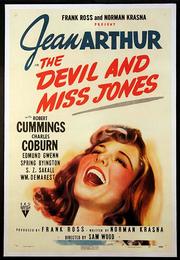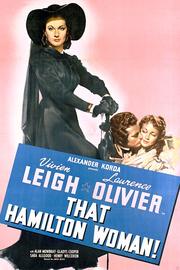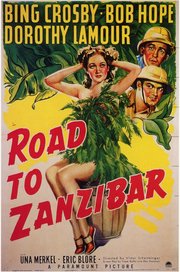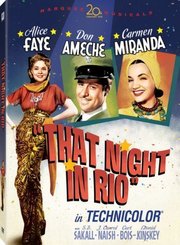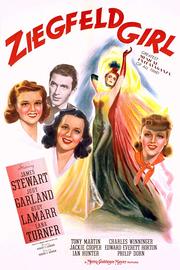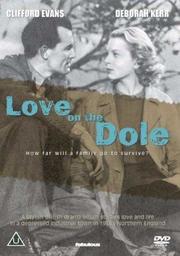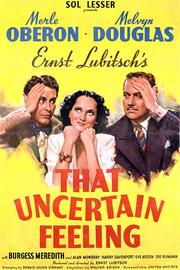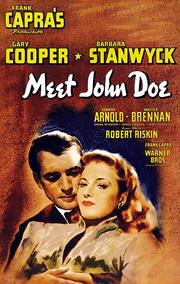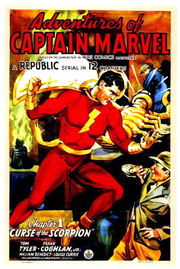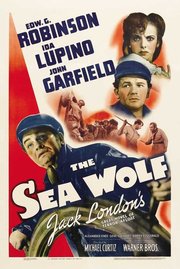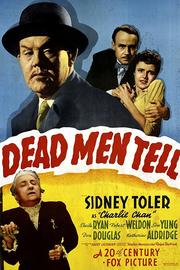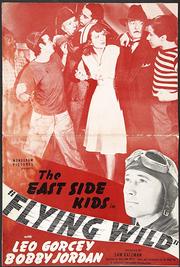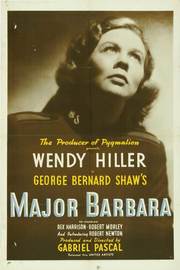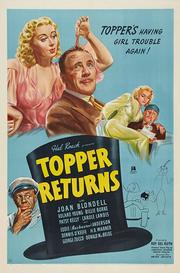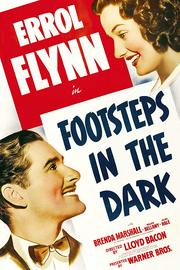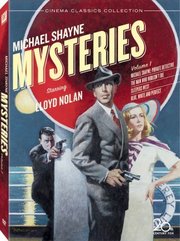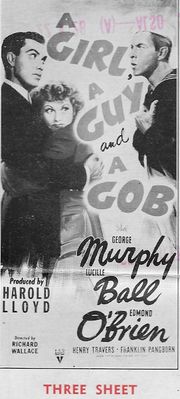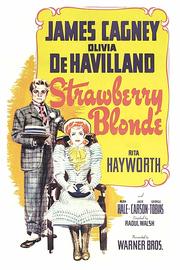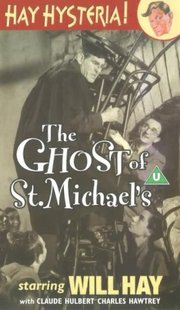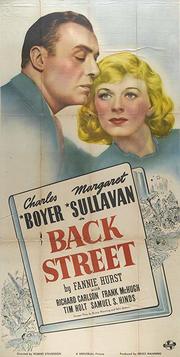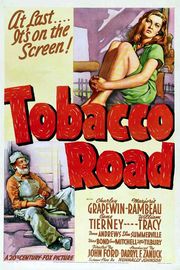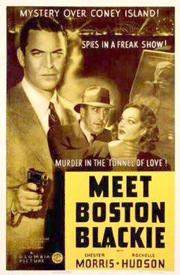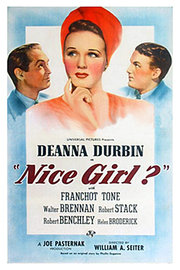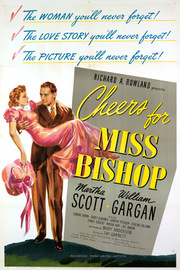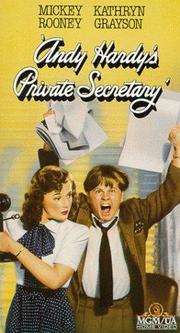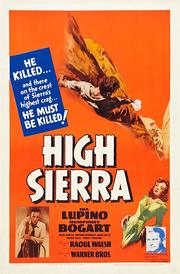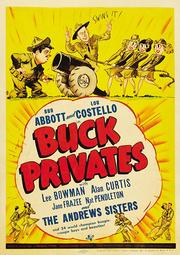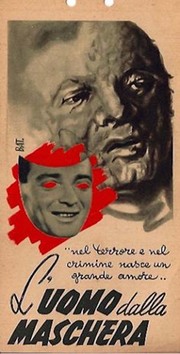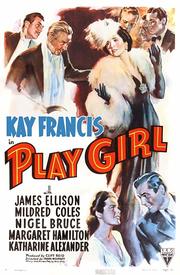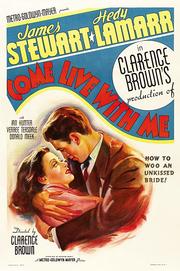Sunny. Herbert Wilcox. 1941.
This is more the video quality I expected from the 50-movie DVD box set. Completely unrestored. But the sound’s kinda good.
This is based on a stage musical, so it’s chock-full with musical numbers and doesn’t have much of a plot. Which is fine by me.
Yay! Edward Everett Horton! I must have seen him in dozens of movies, I think? Or one film a dozen times?
This probably isn’t a very good movie, really, by any sensible standard, but I’m entertained.
Popular movies in May 1941 according to IMDB:
| Poster | Votes | Rating | Movie |
|---|---|---|---|
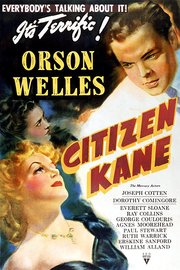 | 311607 | 8.4 | Citizen Kane |
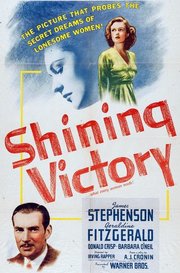 | 376 | 7.7 | Shining Victory |
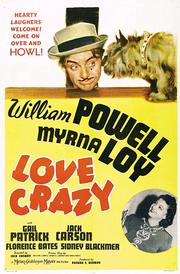 | 2074 | 7.5 | Love Crazy |
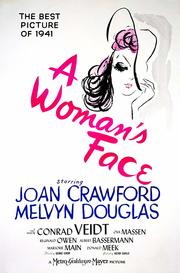 | 1765 | 7.2 | A Woman’s Face |
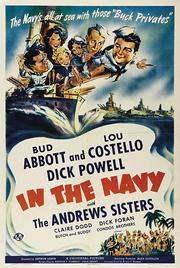 | 2478 | 7.1 | In the Navy |
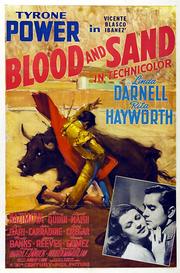 | 1621 | 7.0 | Blood and Sand |
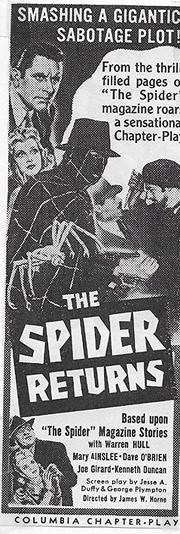 | 215 | 6.9 | The Spider Returns |
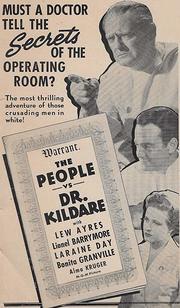 | 220 | 6.3 | The People vs. Dr. Kildare |
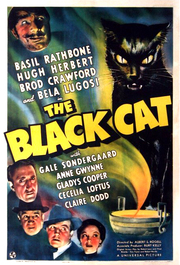 | 914 | 6.3 | The Black Cat |
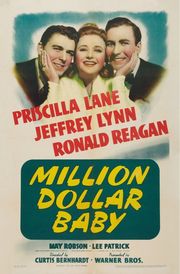 | 310 | 6.3 | Million Dollar Baby |
This blog post is part of the Decade series.




































